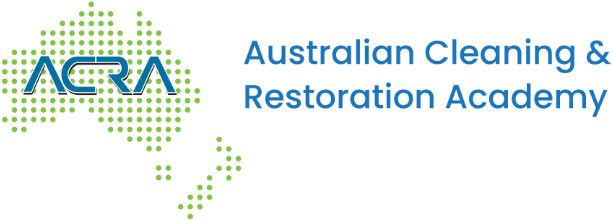Navigating the Landscape of Hiring
What to Look for in New Employees
In today’s rapidly changing workforce, finding and hiring the right employees has become more complex than ever. The COVID-19 pandemic has reshaped the labour market, created skill shortages and shifting priorities for both employers and job seekers. As a result, businesses need to rethink their hiring strategies to attract and retain talent that aligns with their company culture and values. This article will guide you through a step-by-step process for employing new team members, focusing on what to look for in candidates and how to attract the right people to your business. Along the way, we'll explore how the pandemic has impacted the workforce, highlighting the importance of work-life balance and why hiring for attitude, ethics, and a willingness to learn can often be more effective than hiring solely for skills.
The Changing Workforce & Impact of COVID-19
The pandemic has introduced a profound shift in how we approach work. Many Baby Boomers, who once filled high-demand roles, have reduced their hours or retired, opting for simpler lives. At the same time, remote work has become more accessible, making work-life balance a top priority for employees across all generations. These shifts have disrupted the labour market, creating significant skill shortages in many industries. The Australian government recognises that the current supply of labour, from both unemployed individuals and workers seeking more hours, is insufficient to meet employers' needs. As a result, businesses must be more strategic in their hiring practices to attract and retain the right talent.
Work-Life Balance: A New Priority
Today’s workforce places greater value on work-life balance than ever before. While competitive salaries remain important, they are no longer the sole driving force for job seekers. Many employees prioritise roles that offer flexibility, a sense of purpose, and alignment with their personal values. To attract the right people, your business needs to offer more than just a pay check. You need to create a culture that resonates with potential employees.
Steps to Attract and Hire the Right Talent
1. Craft a Purposeful Job Ad
Begin by placing an online ad, but don’t just list qualifications and duties. Ask yourself: Why would someone want to work for me? Highlight the purpose behind your business. For example, if you’re in the restoration industry, emphasise your mission to "put lives back together" by restoring normalcy after a disaster. Sell the benefits of the job, the vision of your company, and the culture you’ve built.
2. Go Beyond Resumes
Add extra steps in the application process to filter candidates who are truly interested. Ask them to send a photo or complete a task. This helps identify those who pay attention to detail and follow instructions.
3. Involve Key Staff in Interviews
The interview process should involve key members of your team, such as the operations manager, office manager, or technician manager. If a candidate makes it through this stage, they can then meet the director.
4. Assess Practical Skills and Common Sense
On arrival for the interview, provide candidates with a document that includes practical questions. This could cover work scenarios, basic math, and common-sense questions to gauge their problem-solving abilities.
5. Focus on Morals and Attitude
During the first interview, focus less on skillsets and more on the person’s morals, ethics, and attitude. Skills can be taught, but a person’s values and how they engage with others are harder to change.
6. Test Their Commitment
If you’re looking to hire two staff members, consider hiring four and putting them through a week of training, followed by an exam. Observe their attitude towards training, their ability to absorb information, and their overall enthusiasm.
7. Regular Check-ins and Feedback
Once new hires are on board, set up regular check-ins—weekly, monthly, and quarterly. This allows you to gauge their progress and ensure they’re integrating well with the team.
8. Cultivate a Purpose-Driven Culture
Display your company’s vision where all staff can see it and connect with it. This helps build a sense of belonging and purpose.
9. Reward and Recognise Success
Implement a rewards program based on customer feedback and performance. This not only motivates employees but also serves as evidence of their effectiveness. Regular team gatherings where you share feedback, give out awards, and recognise accomplishments can strengthen your company culture.
The Labor Shortage: Hiring for Attitude Over Skills
With skill shortages across many industries, it’s time to reconsider what you prioritise in a candidate. While having a skilled workforce is important, focusing solely on qualifications can sometimes lead to hiring individuals who lack the right attitude. Instead, look for people who have a willingness to work and learn, who possess good morals, and who are personable.
Consider this: Would you rather hire someone highly skilled but arrogant and resistant to learning, or someone less experienced but eager and open to growth? Training a motivated individual is often easier and more rewarding than trying to change someone who believes they already know everything.
Australia’s workforce has changed, and so must your hiring strategies. By focusing on work-life balance, creating a purpose-driven culture, and prioritising attitude over skill, you can attract the right people to your business. Ask yourself, How can my company offer not just a job, but a fulfilling and balanced lifestyle?
In today’s labour market, the right people aren’t just looking for work—they’re looking for a place where they can grow, contribute, and find meaning in what they do. Your job is to create that place.

